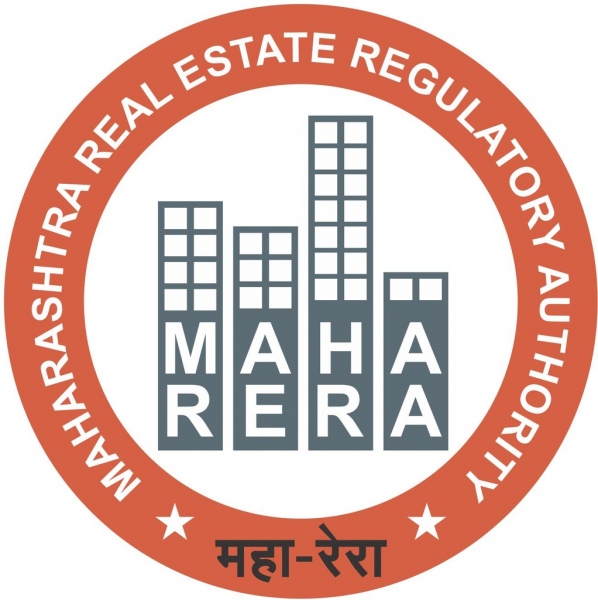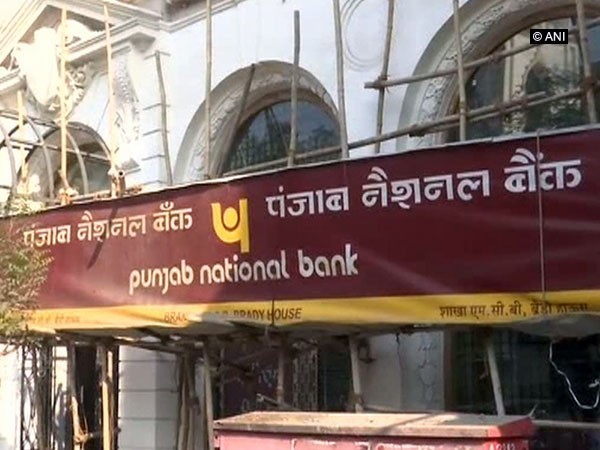The DDA makes land pooling more flexible and appealing.
On September 14, the Delhi Development Authority gave final approval to Additional Development Control (ADC) regulations for areas designated under its ambitious land pooling scheme, in order to make it more appealing to landowners and commercial developers.
The proposed ADC regulations, which would see the adoption of new elements such as vertical mixing and transferable development rights in Delhi for the first time, were accepted during a meeting of the Authority presided over by Lieutenant Governor Anil Baijal.
The program, which was published in 2018 and intends to make landowners equal partners in the development process by making them equal partners in the process, has seen 6930.4 hectares of property submitted for pooling until December 20, 2020, via a website created in February 2019. While the DDA will serve as a facilitator, it is also trying to initiate planning and development in some potentially qualifying industries.
Officials revealed, on the condition of anonymity, that while enough property has been pooled to form a sub-city, the land parcels are dispersed and need to be readjusted because the reaction from landowners has fallen well short of expectations.
“That is why these ADC standards have been introduced to provide developers greater freedom and make the policy more appealing. “Mixed-use has now been allowed in land pooling areas, including high-intensity mixed-use construction along important transit corridors,” stated an official.
Vertical mixing, a novel concept for the capital, would allow various uses in a single structure with a maximum FAR of 400 and transferable development rights. Depending on market demand, it might be feasible to construct more business or residential spaces in the pooled area. “For example, flexibility in converting commercial usage to residential use has been allowed as long as the rules are not broken. The development should not be monotonous, and developers might pursue land pooling initiatives based on market demand,” the official added.
The total area that can be developed at the sector level can be changed or distributed among multiple plots in a sector while not exceeding the sector’s maximum FAR limit, ensuring overall balance.
The new regulations also permit planned construction in areas designated for land pooling in a cluster of at least 5,000 square meters on a net residential plot. In the sectors, walkability, improved open spaces, public plazas, and active frontage have been prioritized. The new ADC rules will now be sent to the Union Ministry of Housing and Urban Affairs for review and approval.
The policy is now in effect in the urban expansion regions of Delhi, which include 95 villages. The total land is divided into 109 sectors, each with an average area of 250 to 350 hectares and projected to house a population of 80,000 to 1 lakh people.
Another significant decision made by the Authority was the formation of a board to evaluate the complaints and recommendations submitted on the proposed Master Plan for Delhi-2041. DDA is working hard to secure MPD-2041 final clearance before December.
The DDA also authorized changing the name of land designated for a sports facility in Dwarka’s Sector-19 to the International Sports Complex. With real estate development such as hotels, retail, conference centre, and residential, the region is projected to become an entertainment and tourism attraction. The conference agreed that facilities will be offered to the public not just through membership but also through pay-and-play services.
The DDA also changed the land use from residential to transportation for a multi-level car parking facility on Idgah Road, which would aid North Corporation and DMRC in the construction of the facility, which is being developed as an integrated project with the proposed Nabi Karim interchange Metro station of Phase IV.



















































































